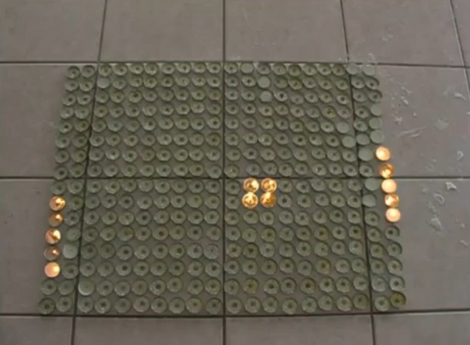So, wether you’ve blown your house’s breakers while cranking up the power on your latest project or a storm has brought low the local power grid, what do you do if you desperately need coffee with no electricity to power your coffee maker? Make like [austiwawa]: crack it open and bust out the tea lights.
Removing the bottom of the coffee maker is simply done, exposing the resistance heating element. Improvising a jig to hold the coffee maker over an arrangement of five tea lights, the candle flames slowly do the work of heating the element to set the maker in motion.
It’s a solution for after the apocalypse… as long as you can find tea lights, coffee plus a grinder, and for some reason don’t want to use the quick and efficient method of brewing over an actual fire (though kitchen hearths are a rarity these days). Now we kind of want to see this adapted for all kinds of other heat sources. Reflected sunlight anyone?
Continue reading “Brew A Cup Of Coffee Without Electricity!”














